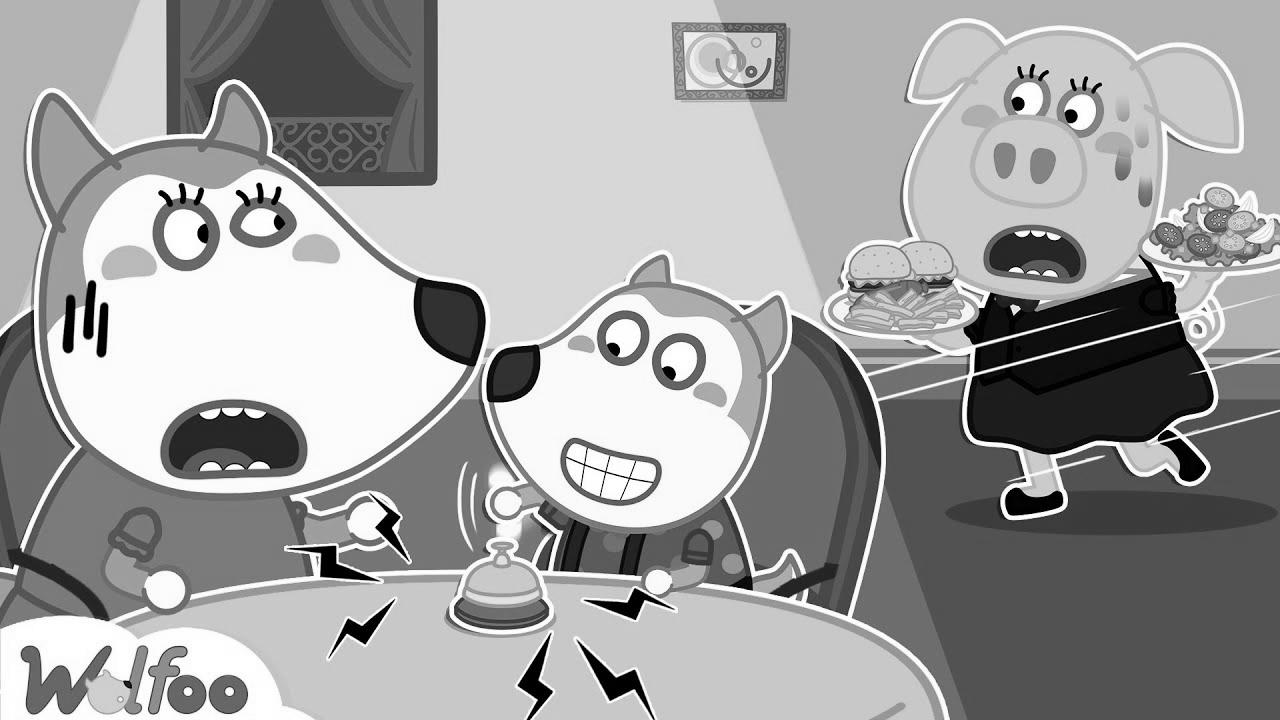Wolfoo, Don’t Annoy the Waitress – Be taught Rules of Conduct for Children at Restaurant | Wolfoo Channel
Warning: Undefined variable $post_id in /home/webpages/lima-city/booktips/wordpress_de-2022-03-17-33f52d/wp-content/themes/fast-press/single.php on line 26

Be taught , Wolfoo, Don't Annoy the Waitress - Learn Guidelines of Conduct for Youngsters at Restaurant | Wolfoo Channel , , NVqQNapTH6E , https://www.youtube.com/watch?v=NVqQNapTH6E , https://i.ytimg.com/vi/NVqQNapTH6E/hqdefault.jpg , 8275095 , 5.00 , Wolfoo, Don't Annoy the Waitress - Be taught Guidelines of Conduct for Children at Restaurant | Wolfoo Channel Wolfoo rings the bell to name ... , 1642818606 , 2022-01-22 03:30:06 , 00:23:23 , UCWGVQIspqW2j9M3-qLQ0HDg , Wolfoo Channel , 43165 , , [vid_tags] , https://www.youtubepp.com/watch?v=NVqQNapTH6E , [ad_2] , [ad_1] , https://www.youtube.com/watch?v=NVqQNapTH6E, #Wolfoo #Dont #Annoy #Waitress #Study #Guidelines #Conduct #Kids #Restaurant #Wolfoo #Channel [publish_date]
#Wolfoo #Dont #Annoy #Waitress #Be taught #Guidelines #Conduct #Children #Restaurant #Wolfoo #Channel
Wolfoo, Do not Annoy the Waitress - Learn Guidelines of Conduct for Kids at Restaurant | Wolfoo Channel Wolfoo rings the bell to call ...
Quelle: [source_domain]
- Mehr zu learn Learning is the procedure of effort new sympathy, cognition, behaviors, profession, values, attitudes, and preferences.[1] The ability to learn is berserk by homo, animals, and some machines; there is also inform for some sort of education in dependable plants.[2] Some eruditeness is close, evoked by a single event (e.g. being baked by a hot stove), but much skill and noesis put in from continual experiences.[3] The changes induced by education often last a life, and it is hard to characterize nonheritable substance that seems to be "lost" from that which cannot be retrieved.[4] Human learning initiate at birth (it might even start before[5] in terms of an embryo's need for both physical phenomenon with, and unsusceptibility within its state of affairs within the womb.[6]) and continues until death as a result of ongoing interactions betwixt folk and their environs. The existence and processes involved in eruditeness are studied in many established w. C. Fields (including instructive psychology, psychological science, psychological science, cognitive sciences, and pedagogy), likewise as rising fields of cognition (e.g. with a shared fire in the topic of eruditeness from safety events such as incidents/accidents,[7] or in collaborative learning wellbeing systems[8]). Research in such william Claude Dukenfield has led to the identification of individual sorts of eruditeness. For case, eruditeness may occur as a result of habituation, or classical conditioning, operant conditioning or as a event of more composite activities such as play, seen only in comparatively natural animals.[9][10] Education may occur unconsciously or without aware knowingness. Education that an aversive event can't be avoided or on the loose may consequence in a state titled learned helplessness.[11] There is bear witness for human activity learning prenatally, in which addiction has been discovered as early as 32 weeks into biological time, indicating that the basic anxious arrangement is sufficiently formed and primed for eruditeness and faculty to occur very early in development.[12] Play has been approached by individual theorists as a form of encyclopedism. Children scientific research with the world, learn the rules, and learn to act through play. Lev Vygotsky agrees that play is crucial for children's development, since they make significance of their state of affairs through acting learning games. For Vygotsky, however, play is the first form of encyclopaedism terminology and human activity, and the stage where a child started to read rules and symbols.[13] This has led to a view that learning in organisms is always age-related to semiosis,[14] and often joint with representational systems/activity.